Skin Cancer Prevention for Kids and Teens
Skin Cancer Prevention for Kids and Teens
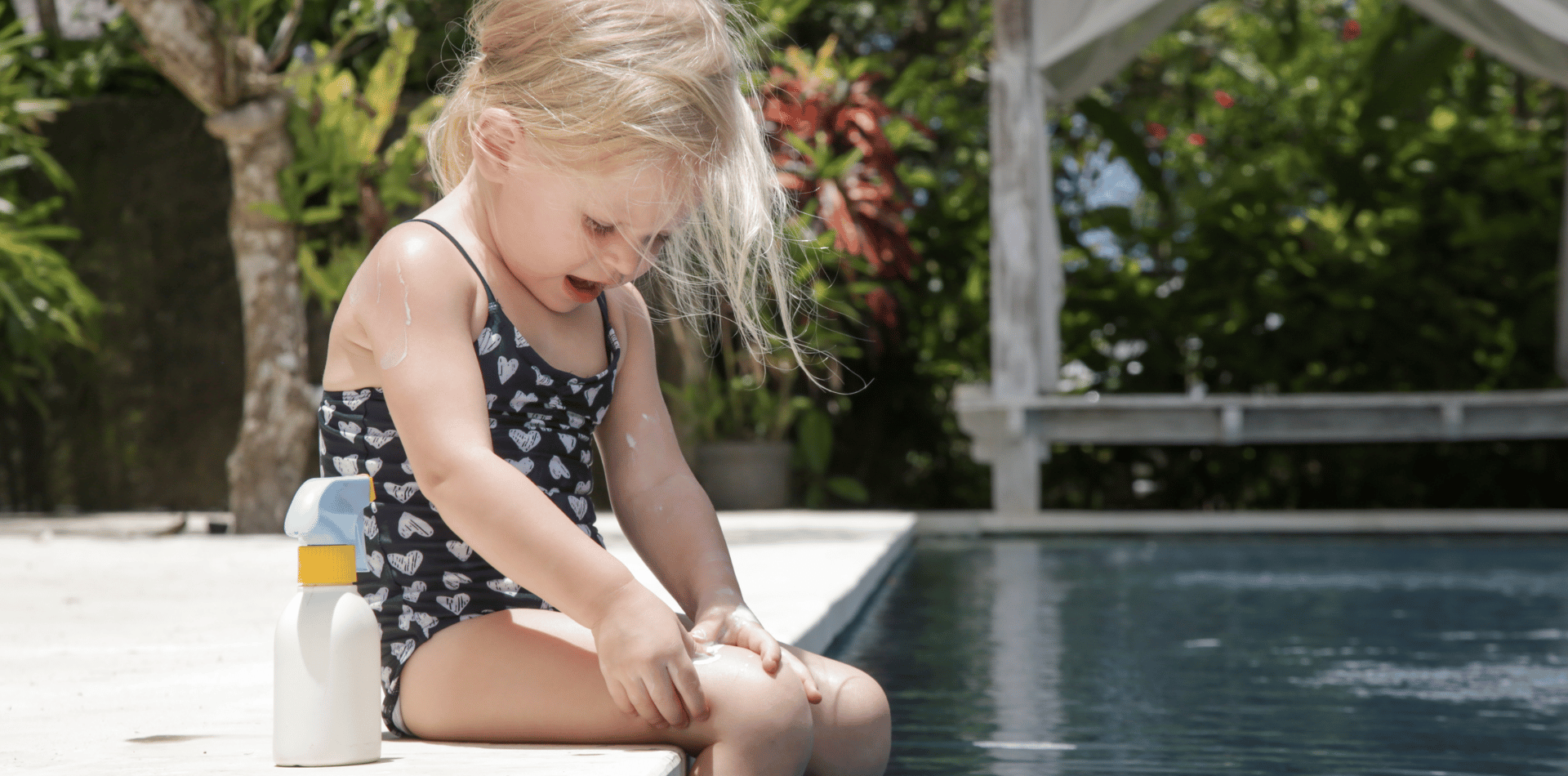
With increasing UV exposure and outdoor activities, skin cancer prevention is more crucial than ever, especially for our younger generation—kids and teens.
Our constant aim is to educate and empower you with the information needed to safeguard your children against this rising threat.
We'll delve into what skin cancer is, why kids and teens are particularly at risk, and the practical steps you can take to protect them.
Understanding Skin Cancer
Before diving into prevention methods, it's essential to understand what skin cancer is and how it develops.
What is Skin Cancer?
Skin cancer is an abnormal growth of skin cells.
It most commonly occurs on areas of the skin exposed to the sun, although it can develop anywhere.
Skin cancer is one of the most common forms of cancer globally, but fortunately, it's also one of the most preventable.
Types of Skin Cancer
Skin cancer falls into three primary categories:
- Basal cell carcinoma: The most common type, which rarely spreads and is easily treatable.
- Squamous cell carcinoma: More likely to spread but still highly treatable when caught early.
- Melanoma: The most dangerous form, as it can rapidly spread to other parts of the body.
How Does Skin Cancer Develop?
Skin cancer is often the result of damaged DNA in skin cells, primarily due to ultraviolet (UV) radiation from the sun or tanning beds. Over time, this damage accumulates, increasing the risk of cancerous growths.
Genetic predisposition and environmental factors, like sunburns during childhood, also play a role.
Why Kids and Teens are at Risk
It may surprise you to learn that children and teenagers are also susceptible to skin cancer, for a variety of reasons.
Vulnerable Skin
Children and teens have thinner skin layers and less melanin (the pigment that helps protect against UV rays), making them more susceptible to UV damage.
Increased Sun Exposure
Kids and teens spend a significant amount of time outdoors—playing sports, swimming, or just hanging out—which exposes them to harmful UV radiation.
Cumulative Sun Damage
Sun damage accumulates over time. Therefore, the more exposure one has during the early years, the greater the lifetime risk of developing skin cancer.

Prevention Starts with Awareness
Awareness is the first line of defense, and educating your kids about skin cancer prevention should begin early.
The Importance of Sun Safety Education
Both schools and parents should take an active role in imparting sun safety education.
Multiple resources are available to educate children about the importance of sun protection, ranging from books to interactive online courses.
Knowing When UV Radiation is Most Harmful
UV radiation is strongest between 10 a.m. and 4 p.m., and during the summer months.
Also, geographic locations closer to the equator or at higher altitudes can expose you to higher levels of UV radiation.
Practical Steps for Prevention
Knowing how to protect yourself is half the battle.
Here are practical steps that can significantly reduce the risk of skin cancer for your children.
Sunscreen: A Must-Have
Look for sunscreens with an SPF rating of at least 50 that provide broad-spectrum protection against both UVA and UVB rays. Teach your kids how to apply sunscreen generously and evenly, and to reapply every two hours when spending extended periods outdoors.
Clothing and Accessories
Sun-protective clothing like long-sleeved shirts and pants can provide an extra layer of defense.
Don't forget accessories like wide-rimmed hats and sunglasses with UV protection to shield sensitive areas like the face, ears, and eyes.
Limit Sun Exposure
Encourage your kids to find shade, especially during peak UV radiation hours.
Using umbrellas or canopies can provide a welcome respite from direct sunlight.

Healthy Habits for Lifelong Protection
Developing healthy habits now can pay dividends in the form of lifelong skin health and cancer prevention.
Regular Skin Checks
Early detection is crucial in treating skin cancer effectively.
Make skin checks a regular habit, looking out for any new moles or changes in existing ones.
Nutrition and Skin Health
A balanced diet rich in antioxidants can help fortify the skin against UV damage.
Foods like berries, nuts, and green vegetables are excellent choices.
Exercise and Overall Health
Regular exercise boosts your immune system, improving your body's ability to fight off diseases, including skin cancer.
Make exercise a family activity to instill the habit from a young age.
Involving Pediatricians and Dermatologists
Medical professionals play a critical role in early detection and ongoing prevention of skin cancer.
Don't hesitate to consult a dermatologist if you notice any unusual skin changes in your child.
Regular screenings and professional advice can prove invaluable in early detection and treatment.
The Importance of Early Prevention
As the saying goes, "prevention is better than cure," and this couldn't be more accurate when it comes to skin cancer in kids and teens.
As we've seen, taking proactive steps from an early age can dramatically reduce the risk of developing skin cancer later in life.
So don't delay; start your family's prevention plan today.

FAQs
We've compiled a list of frequently asked questions to further assist you in your quest for skin cancer prevention for your family.
Q: At what age should I start applying sunscreen to my child?
A: Dermatologists generally recommend using sunscreen on babies older than six months. Before that age, it's advisable to keep them out of direct sunlight.
Q: How much sunscreen is enough?
A: A generous amount should be applied to all exposed skin. Most adults need about 30 grams for full coverage.
Q: Is tanning safe for teens?
A: No form of tanning is safe, as all tanning leads to skin damage and increases the risk of skin cancer.
Q: What about Vitamin D?
A: While sun exposure is a natural source of Vitamin D, excessive sun exposure poses risks. It's better to rely on a balanced diet and supplements for your Vitamin D needs.
Skin cancer is an ever present concern, but it's also a largely preventable one.
By educating ourselves and our children and taking proactive steps, we can significantly mitigate the risks.
Thank you for investing your time in this important topic; now let's take action to protect our most vulnerable.
More Skin Tips.
CoreBodi
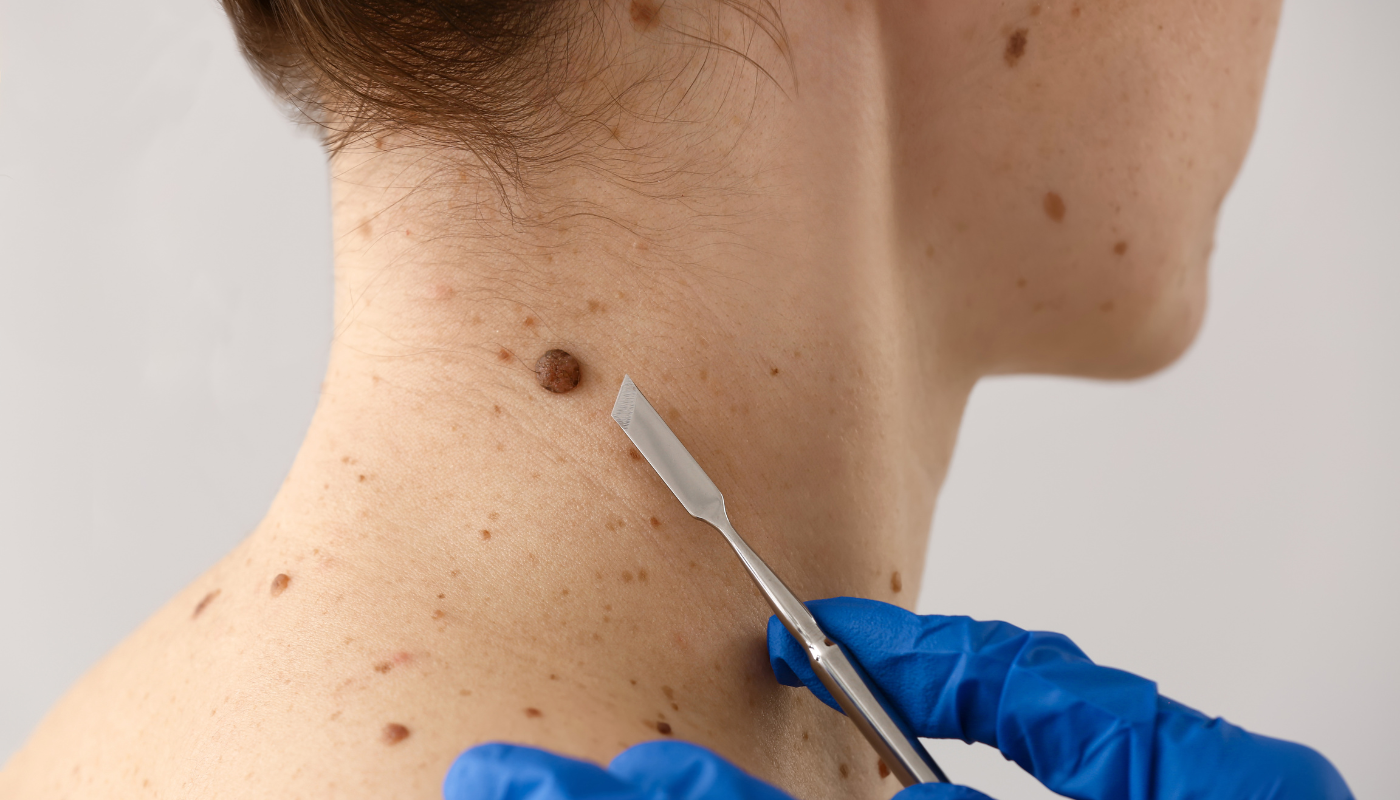


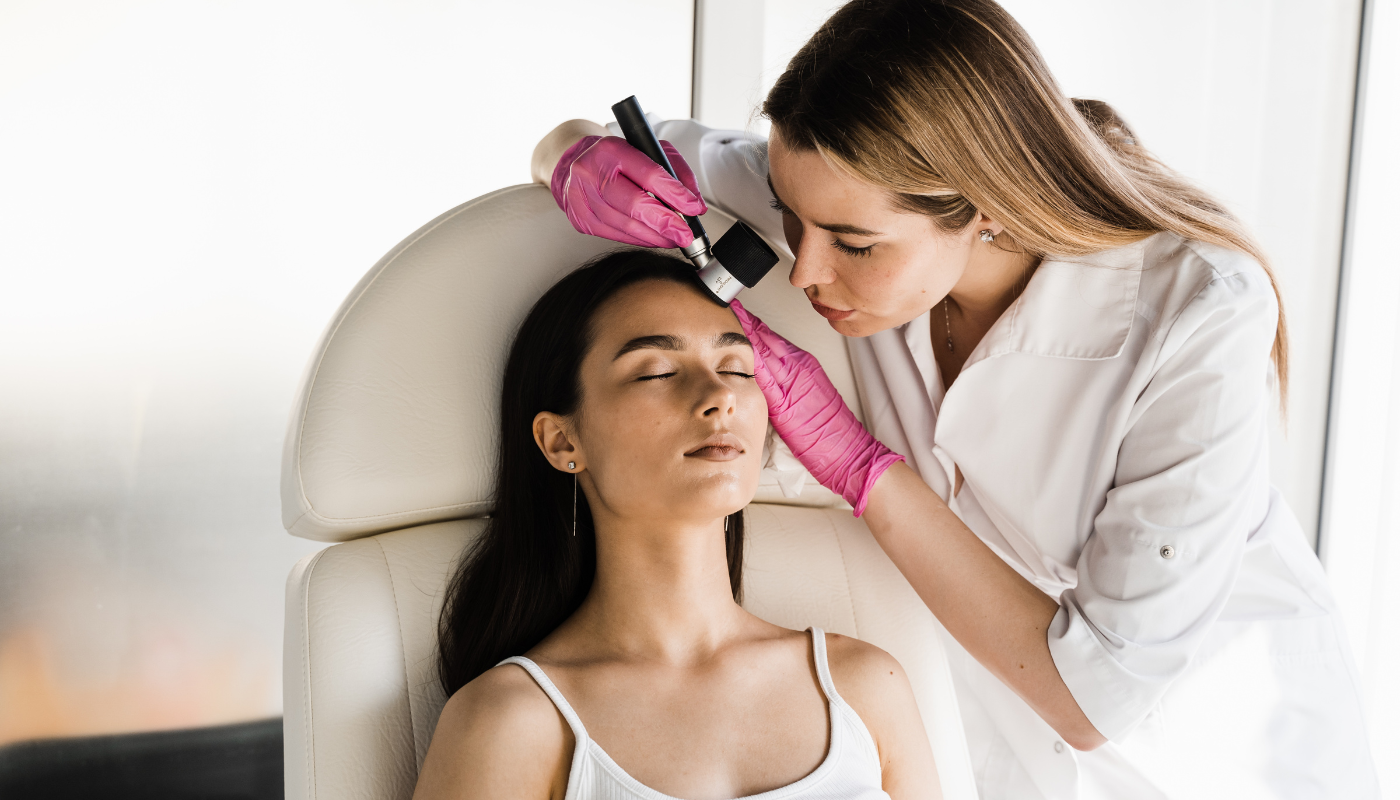
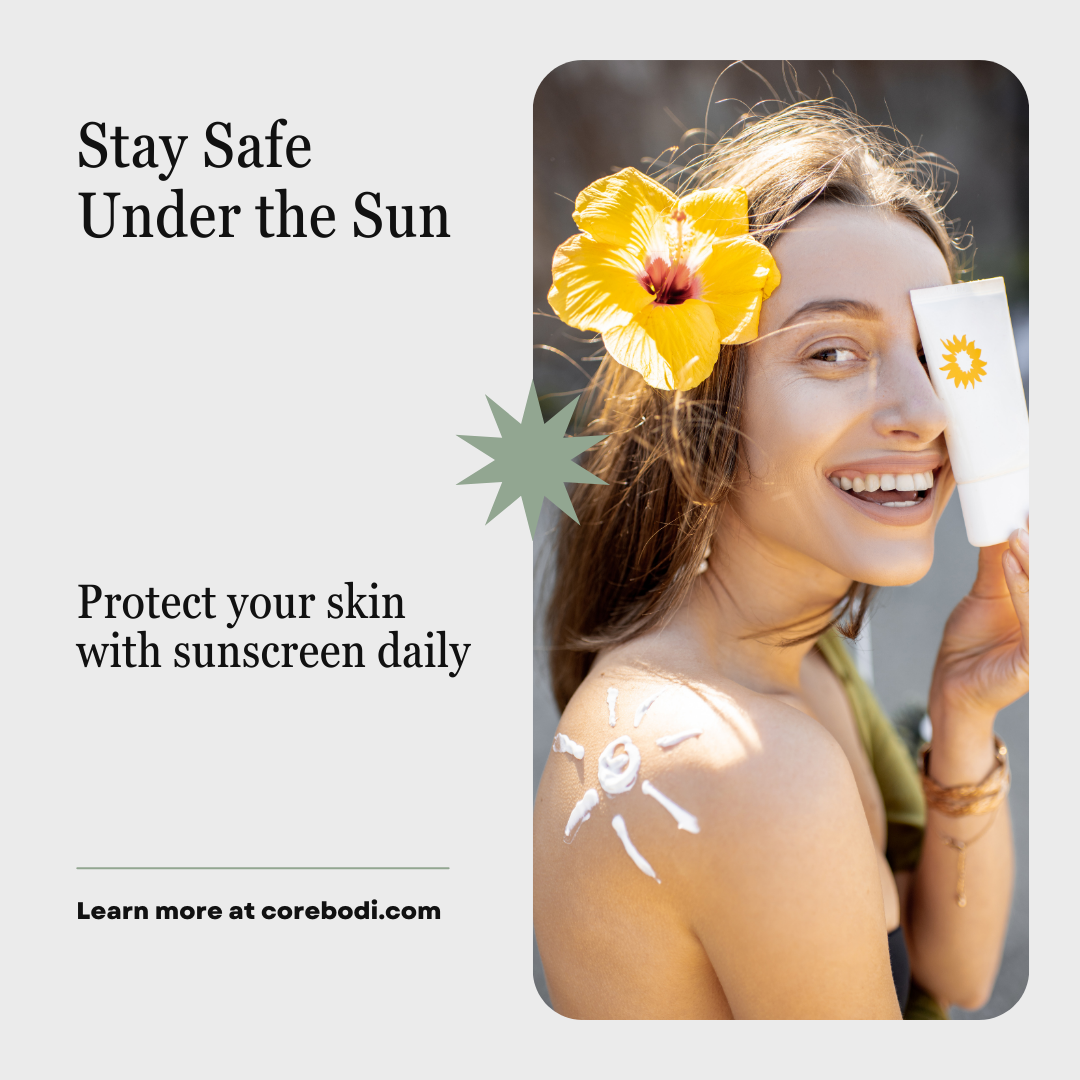

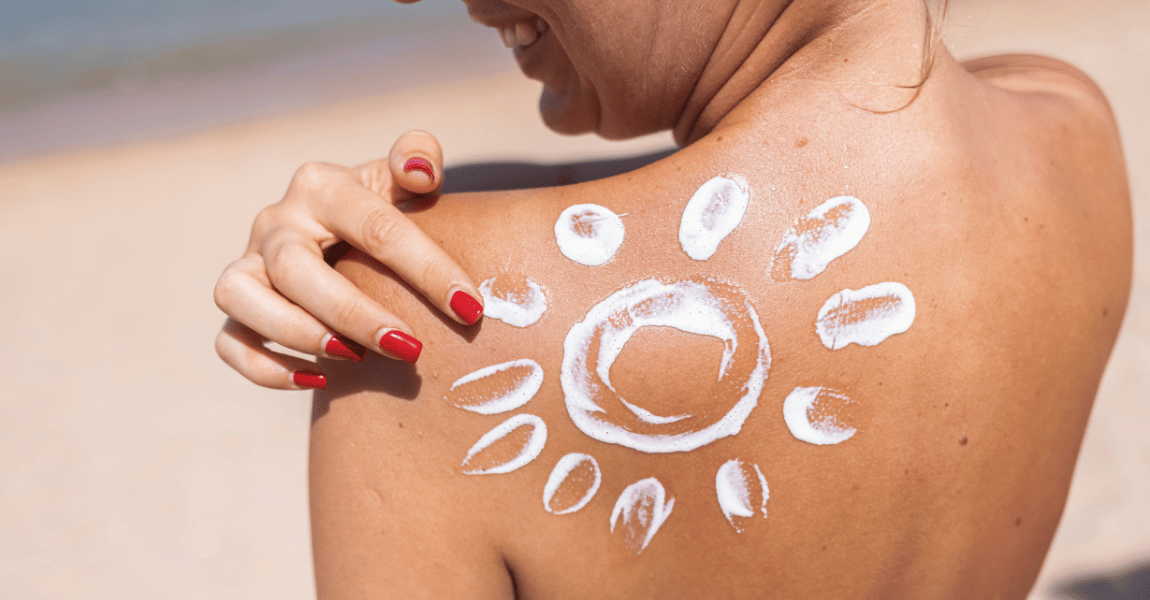

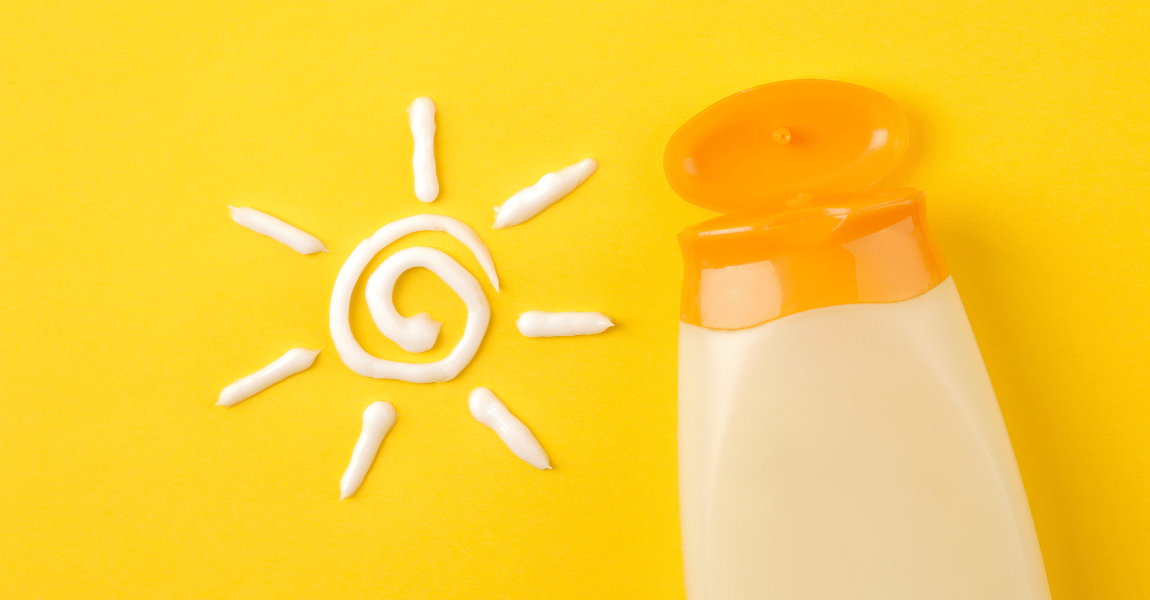

| Powered by Kaptol Media



